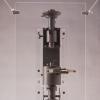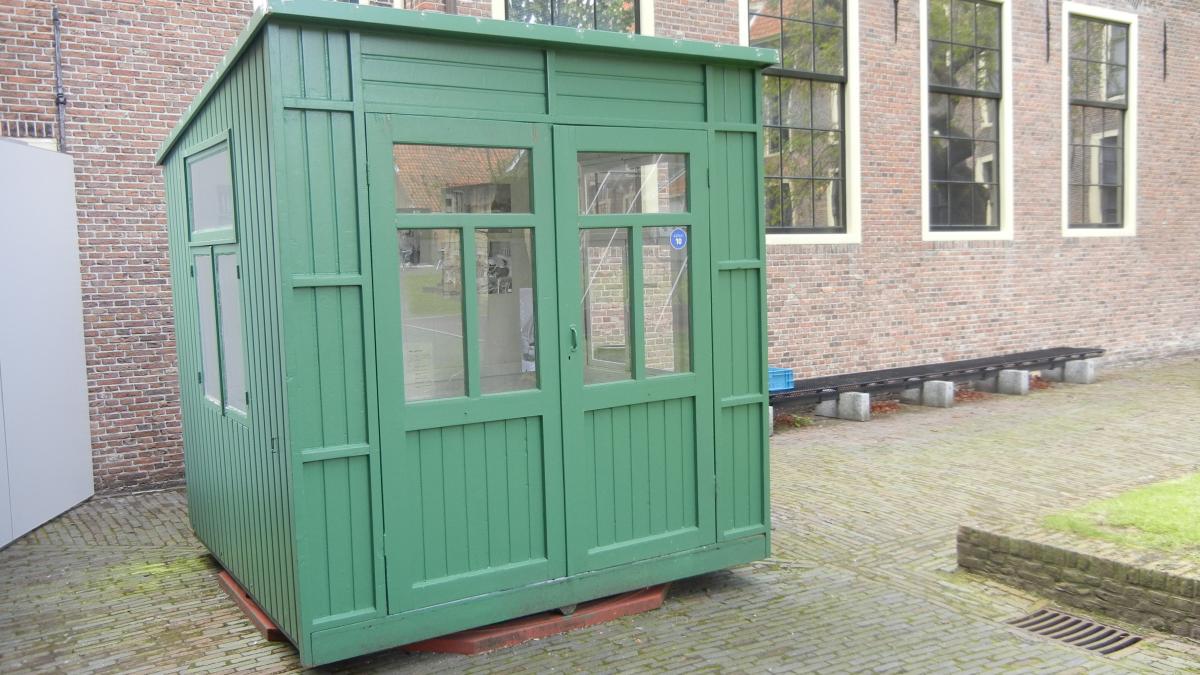Combating public enemy number one
A wave of excitement went through the European microbiology community in 1882 when the German biologist Robert Koch discovered that the lung disease tuberculosis was caused by a bacteria.
This was one of the first diseases for which such a link was established. European scholars quickly threw themselves into the race to find a remedy once the culprit had been identified. It would be more than half a century before a reliable drug would be found. The antibiotics isolated in laboratories in the 1930s were the predecessors of the effective drugs that would only become available after the Second World War.
Up until that time nearly everyone would be infected with TB, known popularly as ‘consumption’ (‘de tering’ in Dutch). Not everyone fell ill, but in cases of reduced immunity old, inactive TB cysts in the lungs could become active again. TB outbreaks often went hand in hand with the bad living conditions of impoverished areas.
Especially in the crowded cities of the newly-industrialized 19th Century Europe, TB was a common killer. Doctors at that time had few therapeutic means to combat the disease. Lengthy health cures, where rest and fresh air - mostly available to the wealthy - helped patients to recover.
Thoracoplasty was a more drastic treatment, where the ribs would be sawed away to relieve the suffering lung. Placing ping-pong balls to simulate a collapsed lung was high-risk treatment of the day.
 Previous Story
Next Story
Previous Story
Next Story
How to cite this page
Bart Grob, 'Combating public enemy number one', Inventing Europe, http://www.inventingeurope.eu/story/combating-public-enemy-number-one
Sources
- Houwaart, Eddy. “Medische techniek.” In Techniek in Nederland in de Twintigste Eeuw: Huishouden, Medische Techniek Vol 4, edited by Johan Schot et al. Eindhoven: Stichting Historie der Techniek; Zutphen: Walburg Pers; Stichting Historie der Techniek, 2001.




















